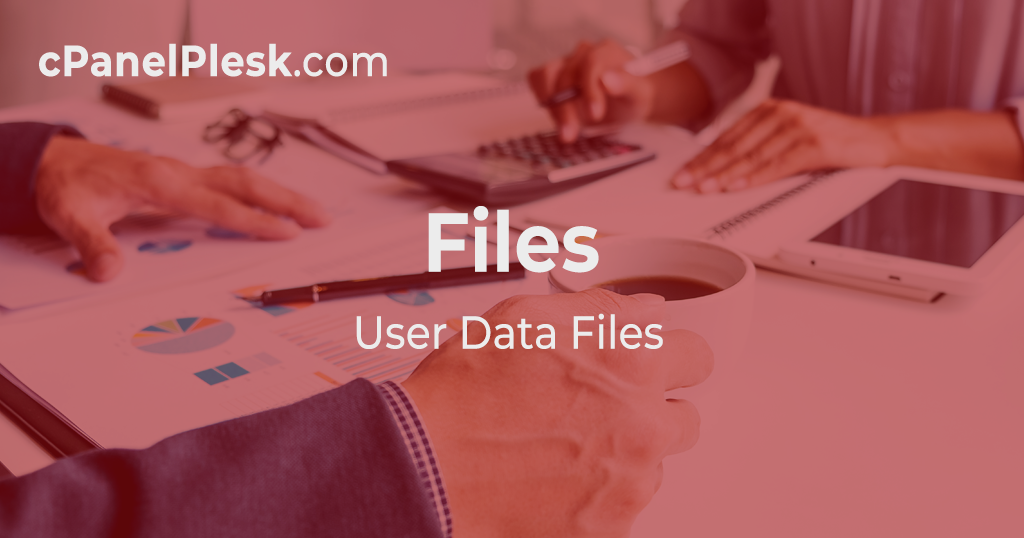Introduction: Occasionally, users may encounter issues with RoundCube, preventing them from accessing their webmail. This can manifest as failed login attempts or redirection to a login page when accessed through cPanel. This detailed guide provides step-by-step instructions to resolve these problems. Here is a step-by-step guide on how to Fix a Corrupted RoundCube SQLite Database […]





